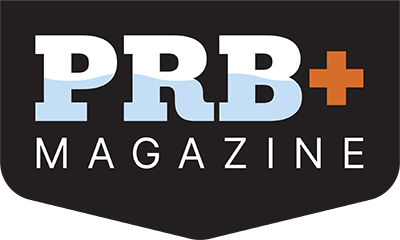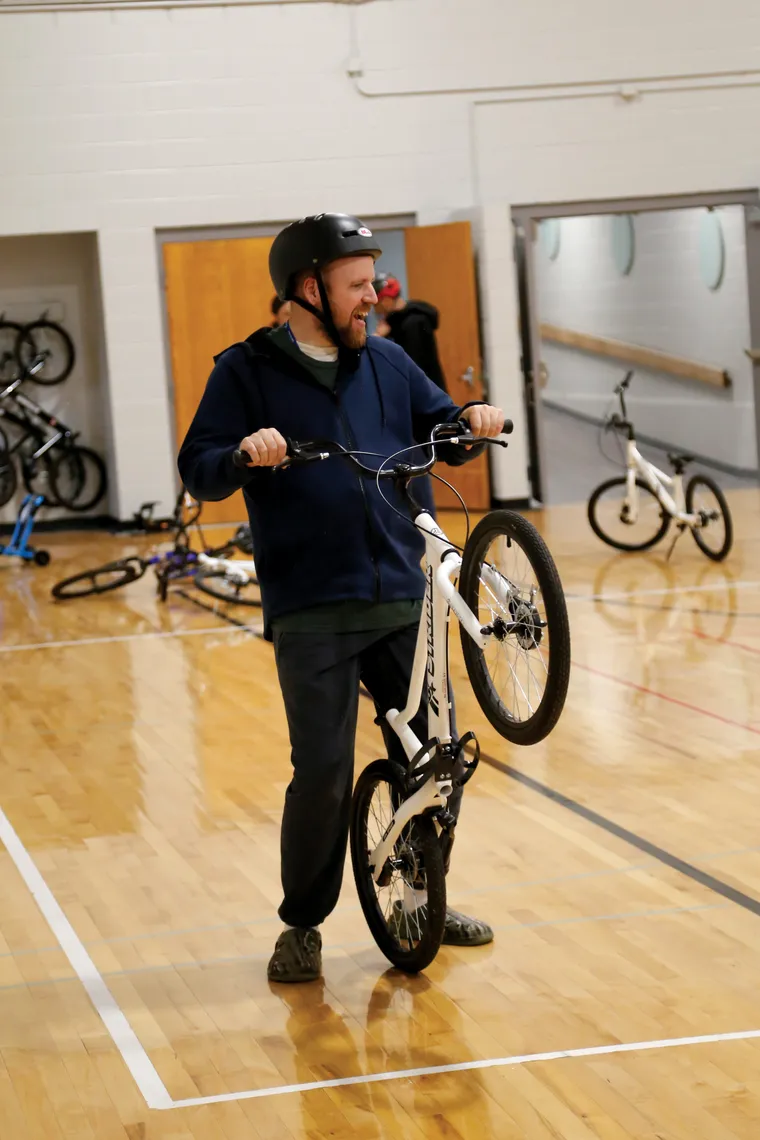How to launch an inclusive learn-to-ride bike camp
For many people, learning to ride a bike is a rite of passage. It’s a skill that gives them freedom and opens up the world to exploration and independence. For individuals with intellectual and developmental disabilities (IDD), however, that milestone can often feel inaccessible. The All Abilities Bike Inclusive Learn-to-Ride Camp is changing that narrative, one confident stride at a time.
All Abilities Bike is a program led by the Strider Education Foundation, a nonprofit 501(c)3 organization with a goal of inspiring confidence, independence, and joy through two-wheeled mobility. Its inclusive learn-to-ride camp empowers participants from age 8 through adulthood to experience the freedom of two wheels, using a step-by-step, confidence-building method. With trained instructors, balance-to-pedal transition bikes, and small-group sessions, the program provides more than a recreational outlet. It’s a vehicle—literally and figuratively—for inclusion, independence, and joy. Camp directors and parks and recreation leaders can help bring this life-changing program to their community.


